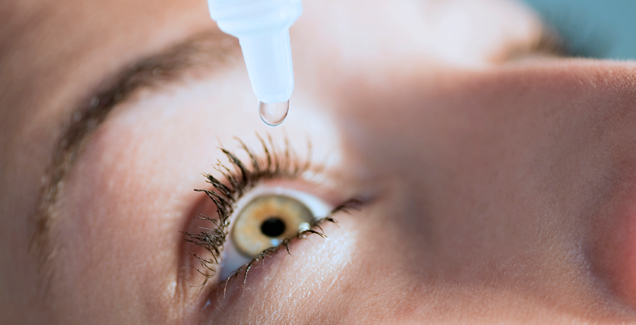Nepafenac Ophthalmic Suspension

Nepafenac Ophthalmic Suspension: Are you looking for nepafenac ophthalmic suspension? if your answer is yes then our blog will help you to find out some general information regarding Nepafenac suspension. In our blog, we share full fledge information and side effects. Nepafenac suspension is a nonsteroidal anti-inflammatory drug that is used to relieve eye pain, irritation, redness, and swelling in patients who are recovering from cataract surgery. Nepafenac suspension isn’t available as a generic drug. It’s only available as the brand-name drug NEVANAC.
Table of Contents
How to Use Nepafenac Ophthalmic Suspension:
If you are applying nepafenac suspension to the operated eye as directed by your doctor. The suspension to instill in the eyes three times a day beginning one day before cataract surgery, on the day of surgery, and for 14 days after the surgery. Before you start the treatment, read carefully the manufacturer’s printed information pamphlet from inside the pack. To apply eye drops first wash your hand and eyes. Then shake the suspension bottle gently before every dose. Do not use extra or fewer of them or apply them more often than prescribed by your doctor.
When you apply drop close your eyes for 1 to 2 minutes and look downwards. After use don’t try to blink or rub your eyes. This helps you to stop the drop from draining away and keeps it in your eye. Use only the eye drops which your doctor has prescribed as well as herbal and complementary medicine. Always keep the container tightly closed.
Before Using This Medicine:
Some of the medicine is not suitable for people for various certain reasons. Before you start using nepafenac suspension there is some point your doctor should know such as diabetes, dry eye syndrome, arthritis, a bleeding or blood-clotting disorder, hemophilia, and an allergy to any other eye drops. You should not use this medicine if you are allergic to nepafenac. If you are feeding your baby with your best then tell your doctor after starting your treatment. Tell your ophthalmologist if you are pregnant or intend to become pregnant while applying this medication. If you are using another ophthalmic drop then instill it at least 5 minutes before or after you instill nepafenac eye drops.
Side effects of using nepafenac eye drops:
Nepafenac can cause side effects. If you face any of these symptoms contact your doctor immediately.
There are some common side effects of nepafenac includes:
- Burning in your eyes for 1-2 minutes when applied
- Dry or sticky feeling in the eye
- Itching or watering from the eye
- Increased sensitivity to light
- Eye swelling
- Temporary stinging
- Increased Bleeding Time
- Delayed Healing
- Contact Lens Wear
- Eye Redness
- Headache
Nepafenac may interact with other medications:
An interaction is during something that changes the way an eye drops works. This will be dangerous or inhibit the prescription medicine from working well. To assist prevent interactions, your doctor should manage all of your medications carefully. In these cases, your ophthalmologist might want to change the dosage, or other precautions could also be significant. Don’t start, stop, or change the dosage of any medicines without your doctor’s approval. Check all prescription and nonprescription eye drops descriptions carefully since many medications include pain relievers/fever reducers. The subsequent interactions are selected supported by their potential significance and aren’t necessarily all-inclusive. Using this ophthalmic product with any of the consequent medicines isn’t counseled. Your doctor may determine to not treat you with this ophthalmic suspension or change a number of the different medicines you’re taking.
Precautions:
Your ophthalmologist will check your or your child’s eyes at regular visits to form sure it’s working properly and isn’t causing unwanted effects. Before using nepafenac, tell your ophthalmologist or pharmacist if you’re allergic to it; or to aspirin, or different NSAIDs (e.g., ibuprofen, celecoxib); or if you’ve got another allergy. This product may contain inactive ingredients (such as preservatives like benzalkonium chloride), which may cause allergies or other problems. Ask your pharmacist for more details. Topical nonsteroidal anti-inflammatory drug drugs (NSAIDs) including NEVANAC, may slow or delay healing.
Topical corticosteroids also are known to slow or delay healing. There are reports that ocularly applied nonsteroidal anti-inflammatory drug drugs may cause increased bleeding of ocular tissues (including hyphemas) in conjunction with ocular surgery. If you hurt your eye or develop an eye-fixed faction, talk together with your doctor directly. You’ll get to change your medicine or stop using it.
Conclusion:
In this article, we provide you all information regarding Nepafenac Eye Drop. If you are looking for a nepafenac suspension third party and contract manufacturer helps you to provides in bulk orders. May our blog will help with your searches and information fill the contact form or contact us.

